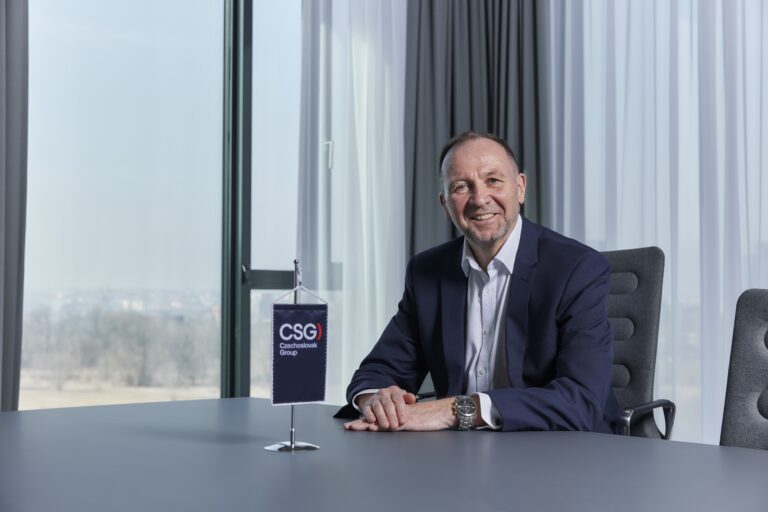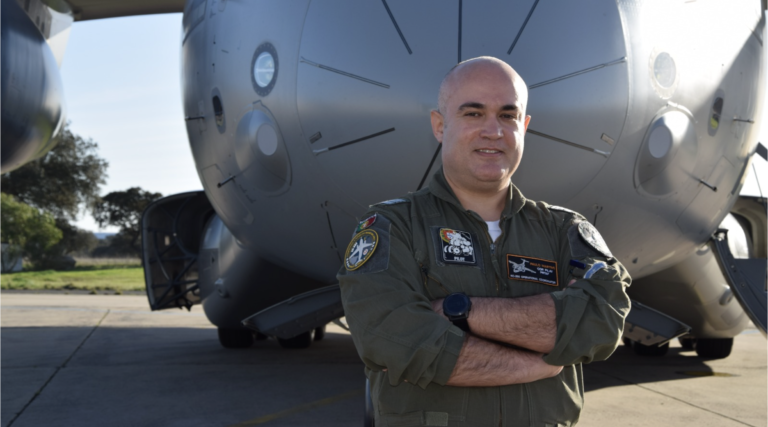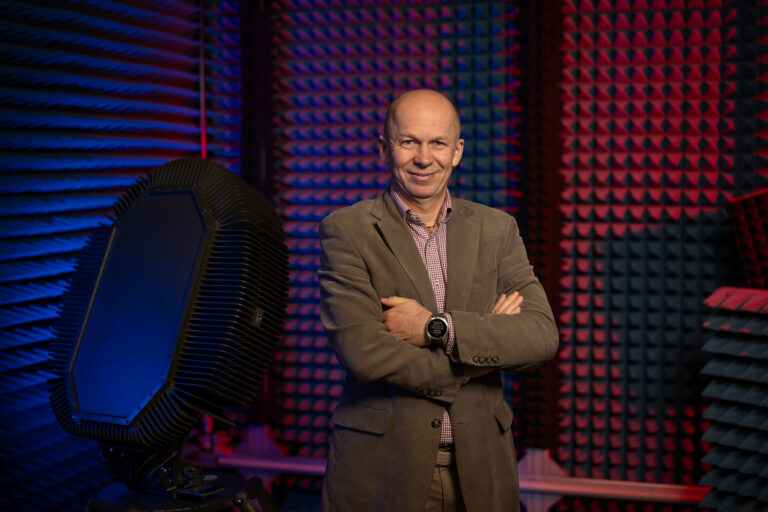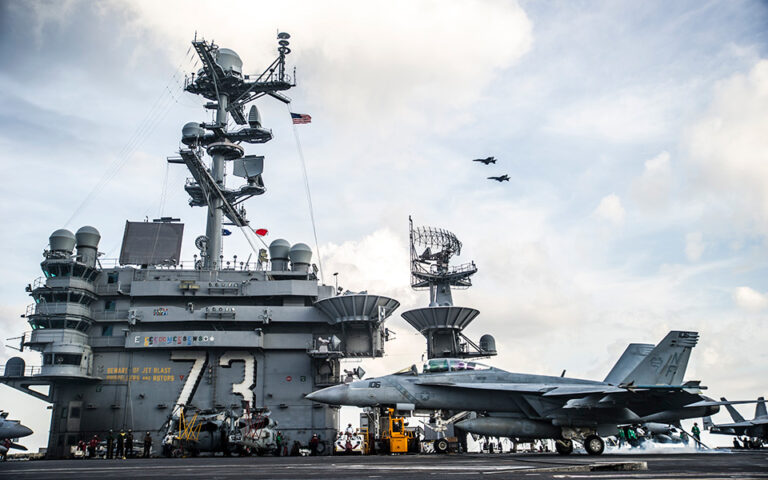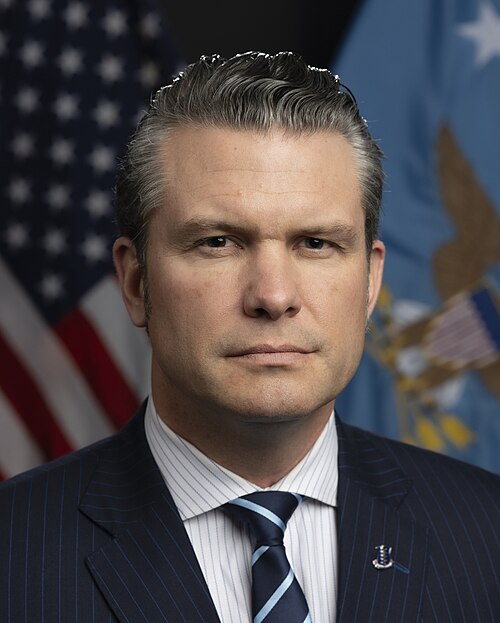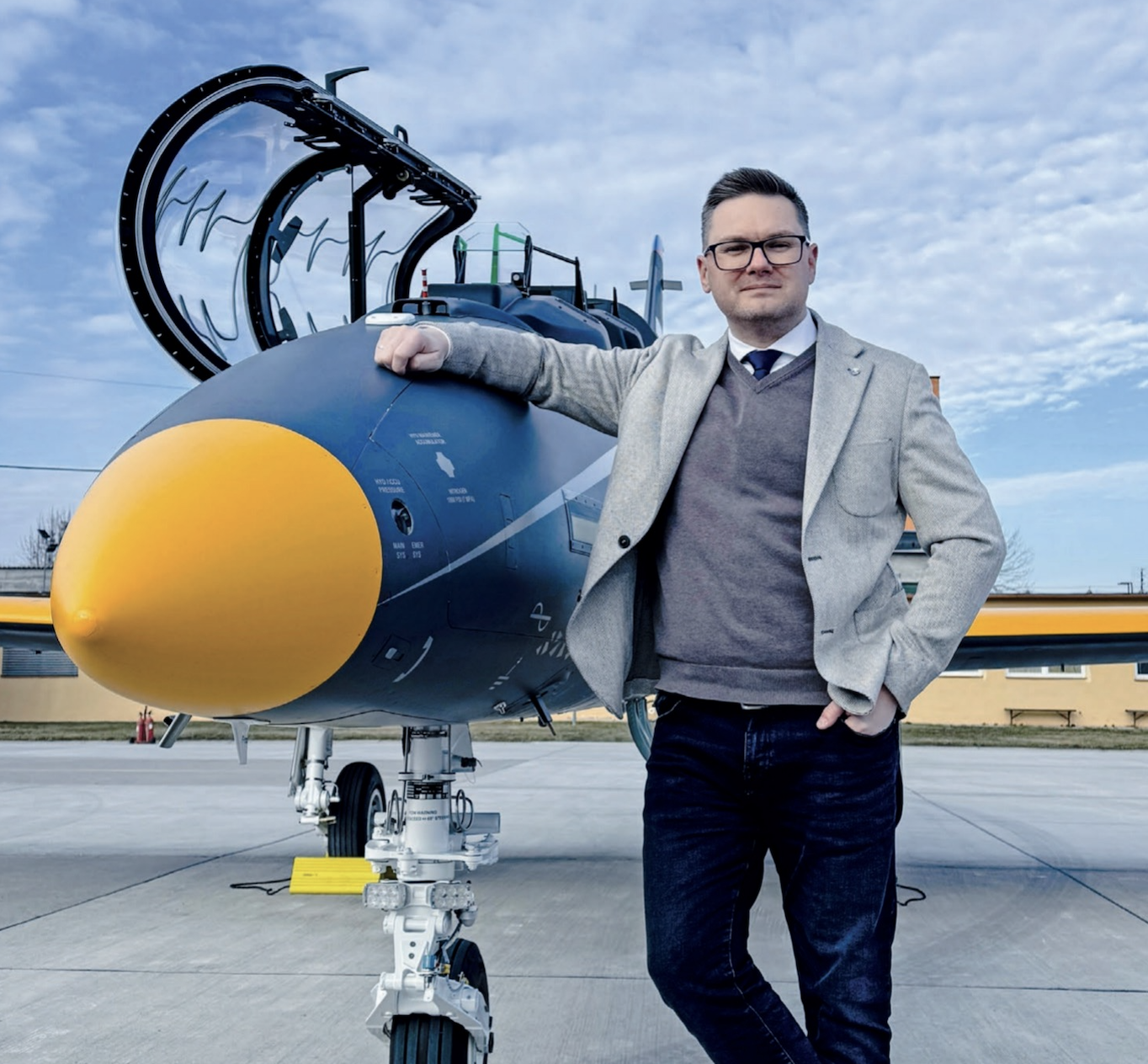
TRAINING PRECISION. ENGINEERING EXCELLENCE. MISSION SUCCESS.
On February 10, 2025, a historic moment unfolded at Pardubice Airport. Two state-of-the-art L-39 Skyfox subsonic aircraft took to the skies for their first official training flight, marking the beginning of a new era in the training of pilots for the Czech Armed Forces. This milestone is not just a technological leap forward; it represents a fundamental shift in pilot preparation, reflecting the evolving security challenges and operational demands of modern battlefields.

The modernization of training goes hand in hand with the gradual replacement of older aircraft, accompanied by significant infrastructure development. Alongside the L-39 Skyfox, new Enstrom 480B-G helicopters and Zlín Z-242 aircraft are being introduced into training programs, ensuring a comprehensive and technologically advanced curriculum for pilots.
According to Jiří Protiva, CEO of LOM PRAHA, “We are introducing new technology with advanced glass cockpits and more powerful systems, allowing us to conduct more efficient and realistic pilot training.” The new aircraft enable pilots to train in advanced aerial maneuvers and cutting-edge combat tactics. Combined with the Tactical Simulation Center (TSC), trainees can practice in an environment mirroring the capabilities of aircraft such as the JAS-39 Gripen or the F-16C Block 50/52.
How does CLV LOM PRAHA tailor its training programs for international partners in response to the evolving geopolitical landscape and increasing demand for specialized pilot training? We have prepared various syllabi for all aircraft and helicopter types we operate and can customize training precisely to meet the specific requirements of our clients. This flexibility allows us to rapidly adapt to the needs of both the Czech Armed Forces and potential international customers.
As a member of NATO Flight Training Europe (NFTE), you provide pilot training for allied nations. What specific requirements do NATO countries place on training, and how does CLV meet these needs? Each country has different training requirements depending on the type of aircraft or helicopter they are preparing pilots for. For NFTE, we currently offer the Enstrom 480B-G for basic helicopter pilot training and the Zlín Z-142, as well as the newly introduced Z-242 for fixed-wing pilot training. With the arrival of the L-39 Skyfox and the planned increase in fleet numbers, we intend to allocate additional capacity for tactical air force pilot training for prospective customers.
With NATO’s increasing focus on interoperability, how does CLV ensure that its graduates are prepared for modern technologies and tactics used in international missions? We are incorporating new aircraft with modern glass cockpits, replacing traditional analog instruments with large digital displays similar to those found in advanced NATO aircraft. Our Tactical Simulation Center (TSC) plays a crucial role in pilot training, offering the same advanced technology used in aircraft like the JAS-39 Gripen and F-16C Block 50/52. Here, pilots can train in the latest aerial combat tactics and conduct both air-to-ground and maritime operations.

What role do simulators play in training international pilots and technicians, particularly regarding Mi-17 helicopters? At CLV, we have a Cockpit Procedure Trainer (CPT) for the Mi-17, which is used to practice standard and emergency cockpit procedures. For advanced emergency scenarios and tactical training, we collaborate with external partners. Simulator-based training is becoming increasingly important, currently comprising about 20% of our training programs. This proportion is expected to grow as simulation technology continues to advance.
The transition from the L-39C to the modern L-39 Skyfox is a significant step forward. How will this modernization impact CLV’s ability to provide advanced training? The L-39 Skyfox is a truly modern aircraft that shares little in common with its predecessor aside from its aerodynamic concept. It features a glass cockpit, a more responsive and fuel-efficient engine, and is equipped with a Virtual Training Capability (VTC) system. This system allows pilots to train in radar operations, even though the aircraft itself does not carry a radar. As a result, the L-39 Skyfox can effectively simulate the training environment for any modern fighter jet.
Given the growing demand for rapid and efficient military training, how does CLV optimize its capacity and processes to meet international clients’ needs? CLV is fully capable of customizing training to match the specific needs of both the Czech Armed Forces and foreign clients. We are progressively modernizing our fleet, have a team of highly experienced instructors, and are continuously expanding our personnel base to ensure we meet evolving training demands.
What are CLV’s long-term development and modernization plans to maintain competitiveness and meet the increasing demands of international aviation training? We are introducing new aircraft, including the Enstrom 480B-G, which has replaced the outdated Mi-2 helicopters. The L-39C is being replaced by the advanced L-39 Skyfox, which comes with completely new and modern infrastructure, including a multi-functional classroom and a full-mission simulator. In the near future, we will also replace the aging Zlín Z-142 aircraft with modern piston-engine trainers equipped with glass cockpits. Additionally, the L-410 and Mi-17 will gradually be phased out in favor of Bell 412 helicopters, which closely align with the UH-1/AH-1 platforms used by the Czech Armed Forces. Along with these new aircraft, we are also acquiring the necessary training and maintenance equipment to support modern aviation training.
How does CLV LOM PRAHA address the growing demand for simulation-based training? Simulation-based training is increasingly essential, comprising about 20% of our training programs, and is expected to grow as technology advances. By providing advanced simulation capabilities, we enhance both safety and cost-effectiveness for our clients.
THE FUTURE OF AVIATION TRAINING IS HERE
The integration of the L-39 Skyfox into training on February 10, 2025, is not just a technological advancement–it signifies a broader transformation within CLV LOM PRAHA. With strategic investments, modernization of aircraft, and implementation of cutting-edge training methodologies, the Czech Republic is emerging as a key player in military aviation training. As CEO Jiří Protiva affirms, the goal is to prepare pilots for the complex scenarios of modern battlefields, whether for domestic operations or future international collaborations.
Interviewed by: Katerina Urbanova
Photo credit: LOM PRAHA

